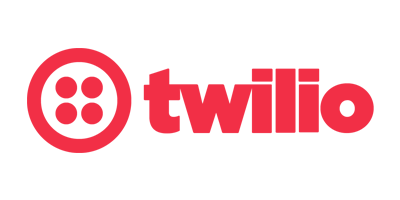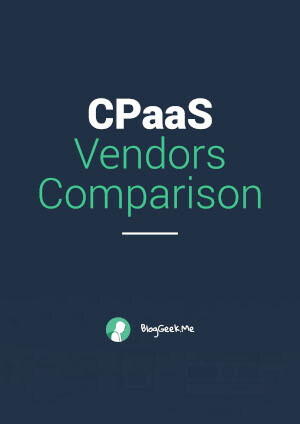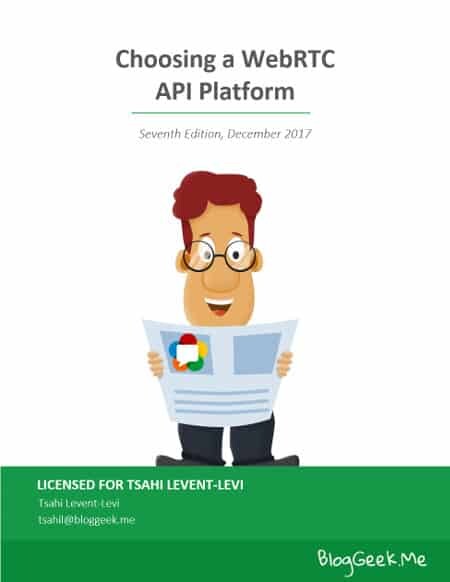Twilio is the leader in CPaaS (Communication Platform as a Service). The offer tools and APIs enabling developers to embed communications into their applications. They aren't the only vendor in this space, but they are definitely the most dominant one.

As such, I tend to write a lot about them, especially when they have new announcements and products. This is why I decided to put this page, to allow you to easily find information you may need about Twilio in the context of the things I write about.
Twilio Signal

Signal is Twilio's main conference for its customers. Besides being a really vibrant event (I have attended a few in person), it is also where Twilio shares its big announcements. And with Twilio, there are almost always big announcements that end up affecting the future of CPaaS. Each year I try to cover the Twilio Signal event with a write up of my own:
An interview with Jeff Lawson, CEO of Twilio in 2017, on the place of communication APIs and where programmable communications is headed.
Read the interview transcript with Jeff Lawson.
Twilio WebRTC

I write a lot about WebRTC, and parts of it is how CPaaS vendors (and Twilio) end up using WebRTC. It seems that there are quite a few things Twilio does with WebRTC.
nocode in communications

Twilio offers nocode solutions which fit surprisingly will with developers.
It comes in the form of Twilio Studio, a drag and drop tool that enables configuring actions to take on phone numbers and other communication resources.
Twilio were one of the first to introduce it into CPaaS, and they were immediately followed by other vendors such as MessageBird and Plivo.
While Twilio maintains the use of the word Studio for this service, most other vendors went for Flow.
Twilio adjacencies
Besides the main building blocks of CPaaS - APIs for developers, throughout the years, Twilio has shifted towards adjacencies in an effort to increase its revenue.
It has done so through development investment but mostly through high profile acquisitions:

It is safe to say that Twilio will acquire its way into additional adjacencies as part of its effort to either redefine CPaaS or break out of the CPaaS market.




